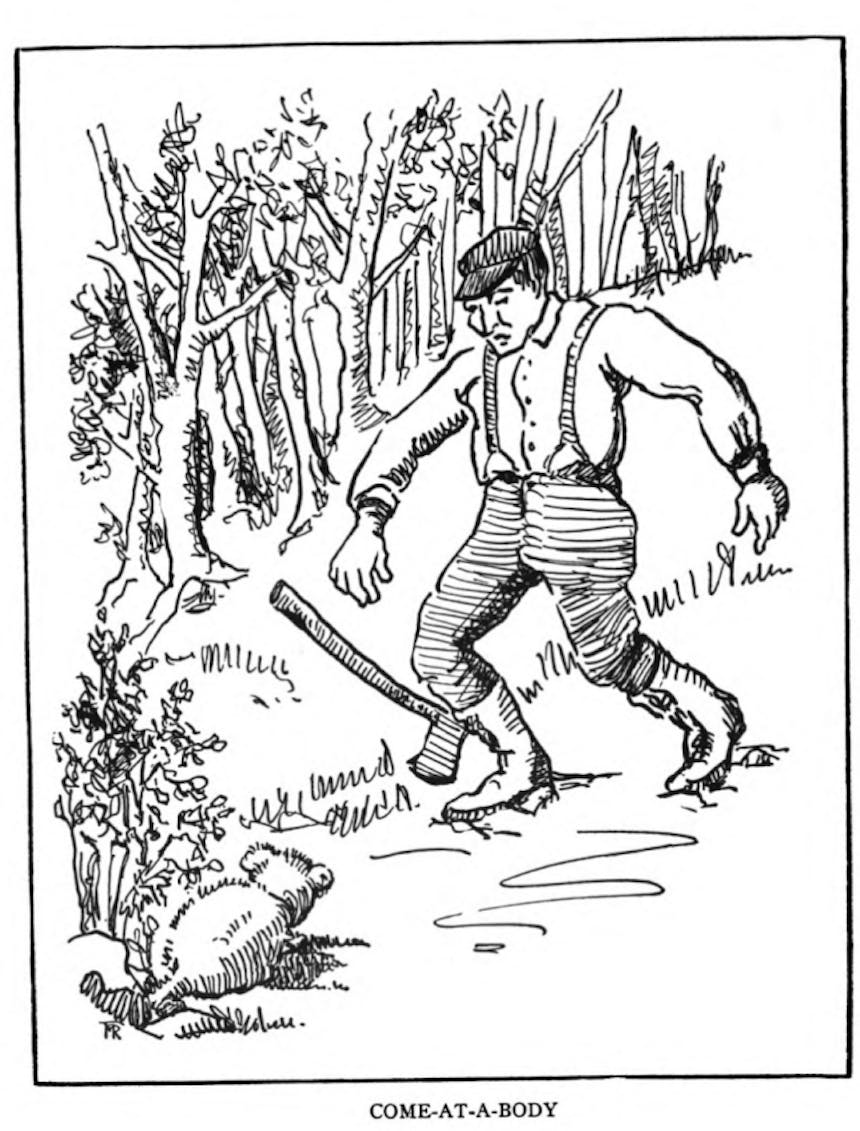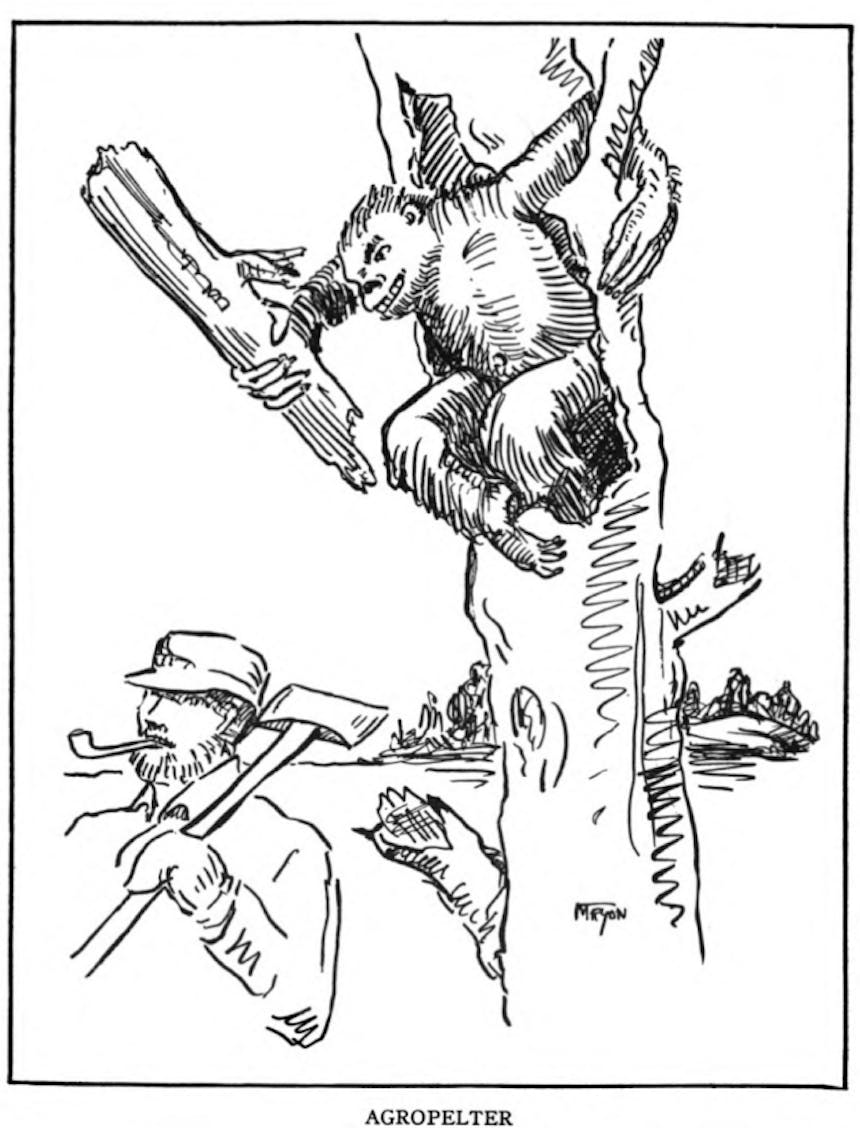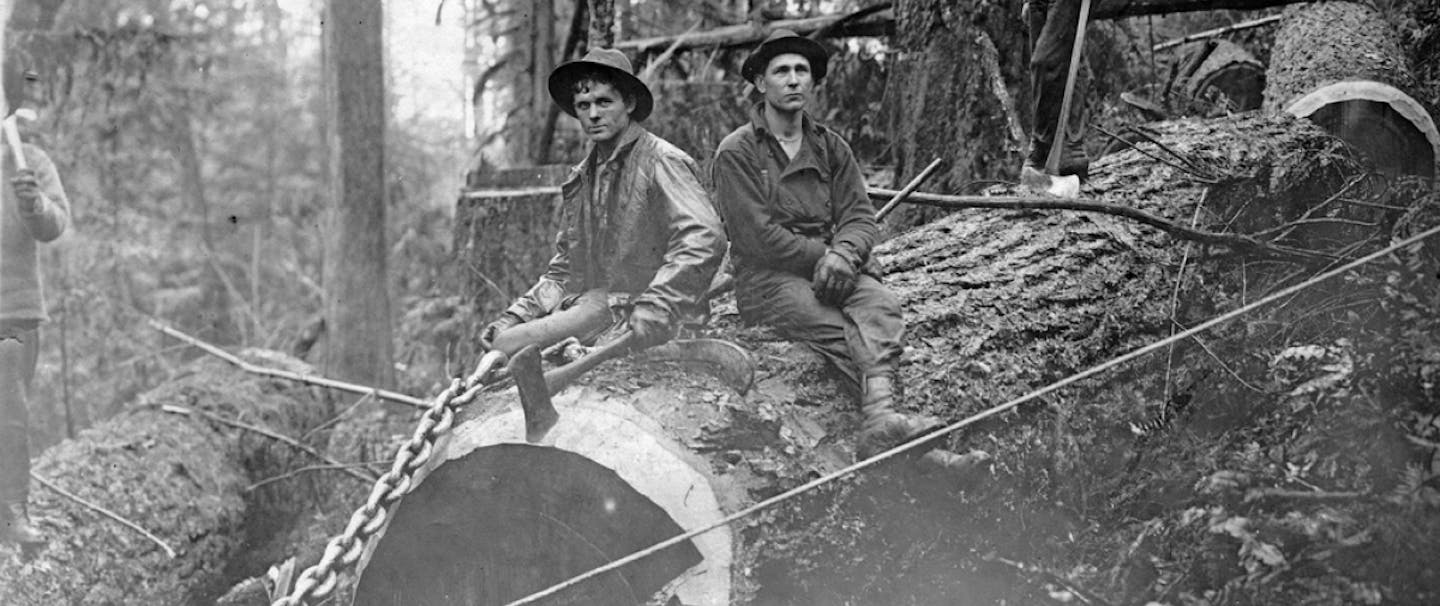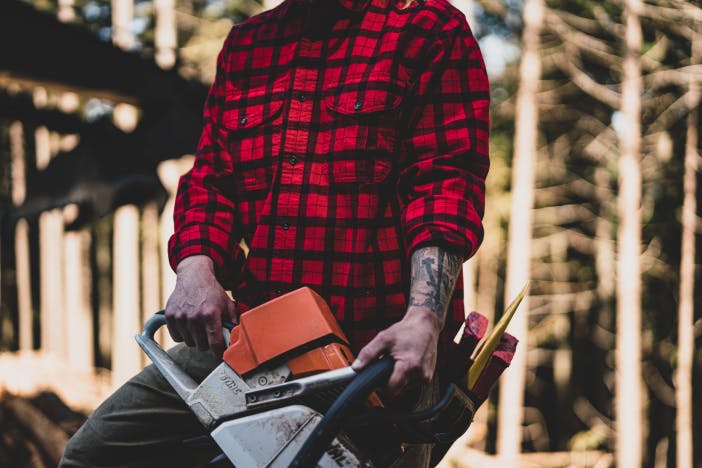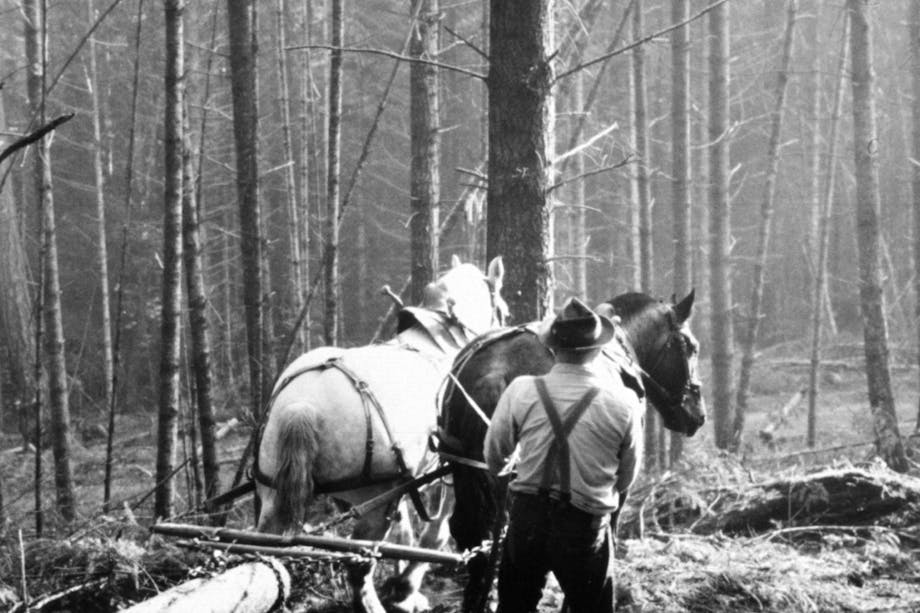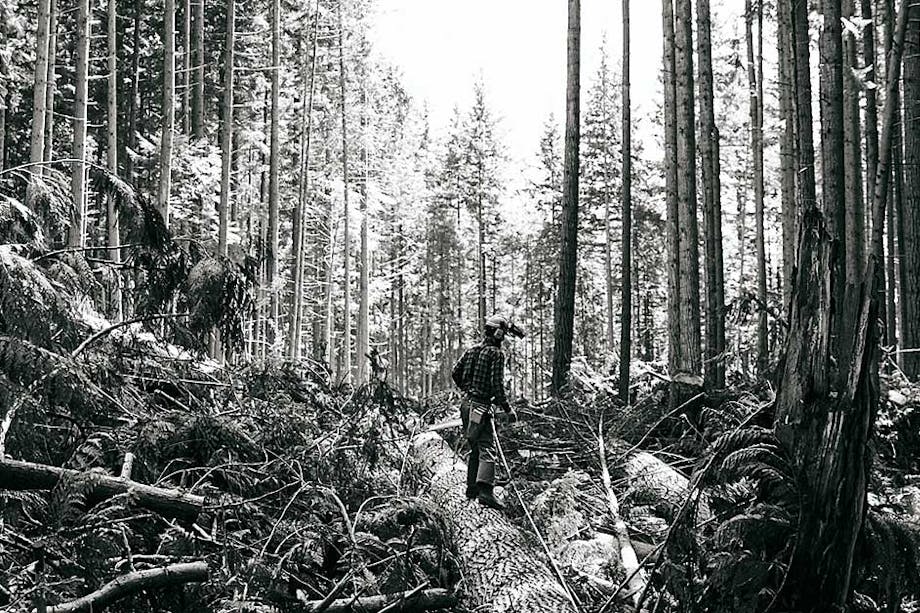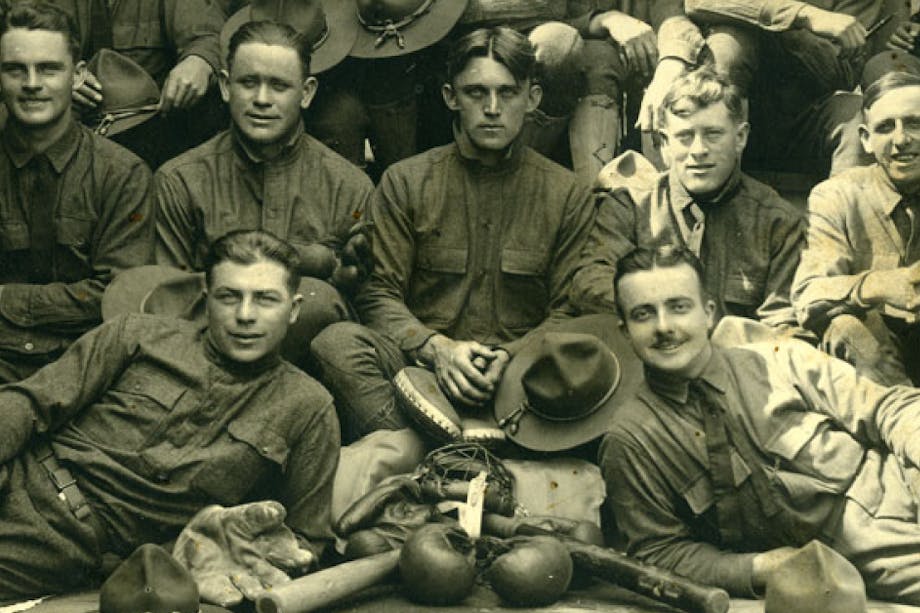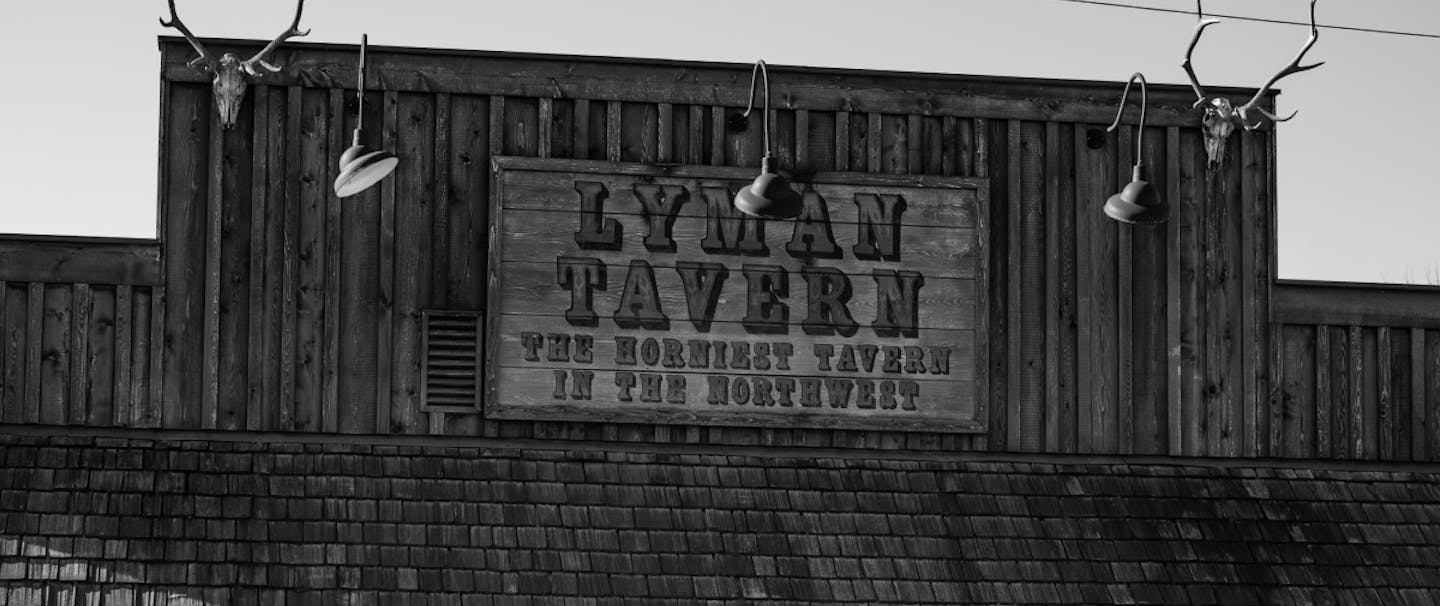AT THE TURN OF THE LAST CENTURY, FORESTER WILLIAM T. COX BEGAN DOCUMENTING THE STRANGE STORIES HE HEARD IN LOGGING CAMPS—STORIES ABOUT MYTHICAL CREATURES LIKE THE HODAG, GUMBEROO, AND AGROPELTER. BY 1910, HE HAD ENOUGH FOR A BOOK. TWO COLLEAGUES CONTRIBUTED DRAWINGS AND LATIN NAMES, AND THE SLIM VOLUME “FEARSOME CREATURES OF THE LUMBERWOODS” WAS CREATED.
Logging was certainly a dangerous profession—a mixture of skilled labor with a great deal of drudgery in places far off from civilization. Camps were often a babble of languages and cultures, and when the sun went down, there was nothing visible outside the light of a campfire or a lantern and nothing to do but drink and spin yarns.
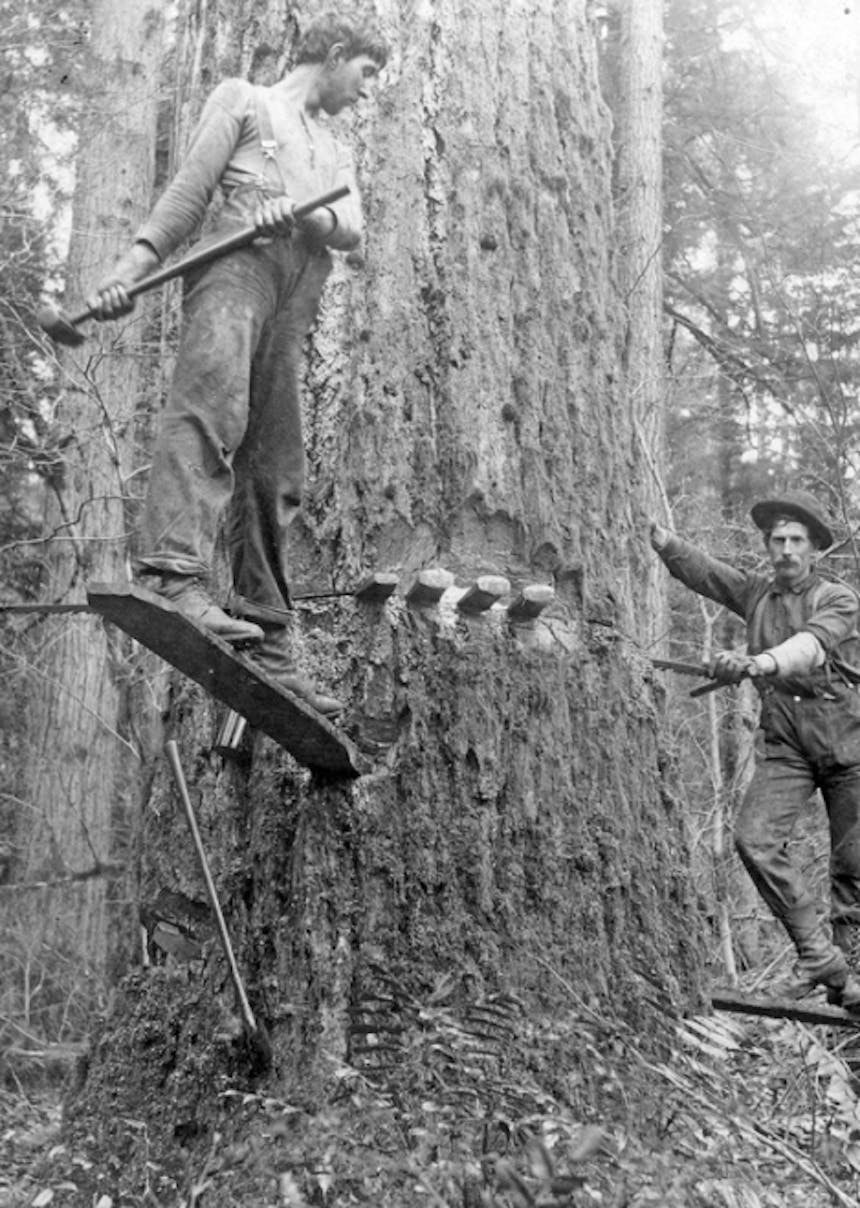
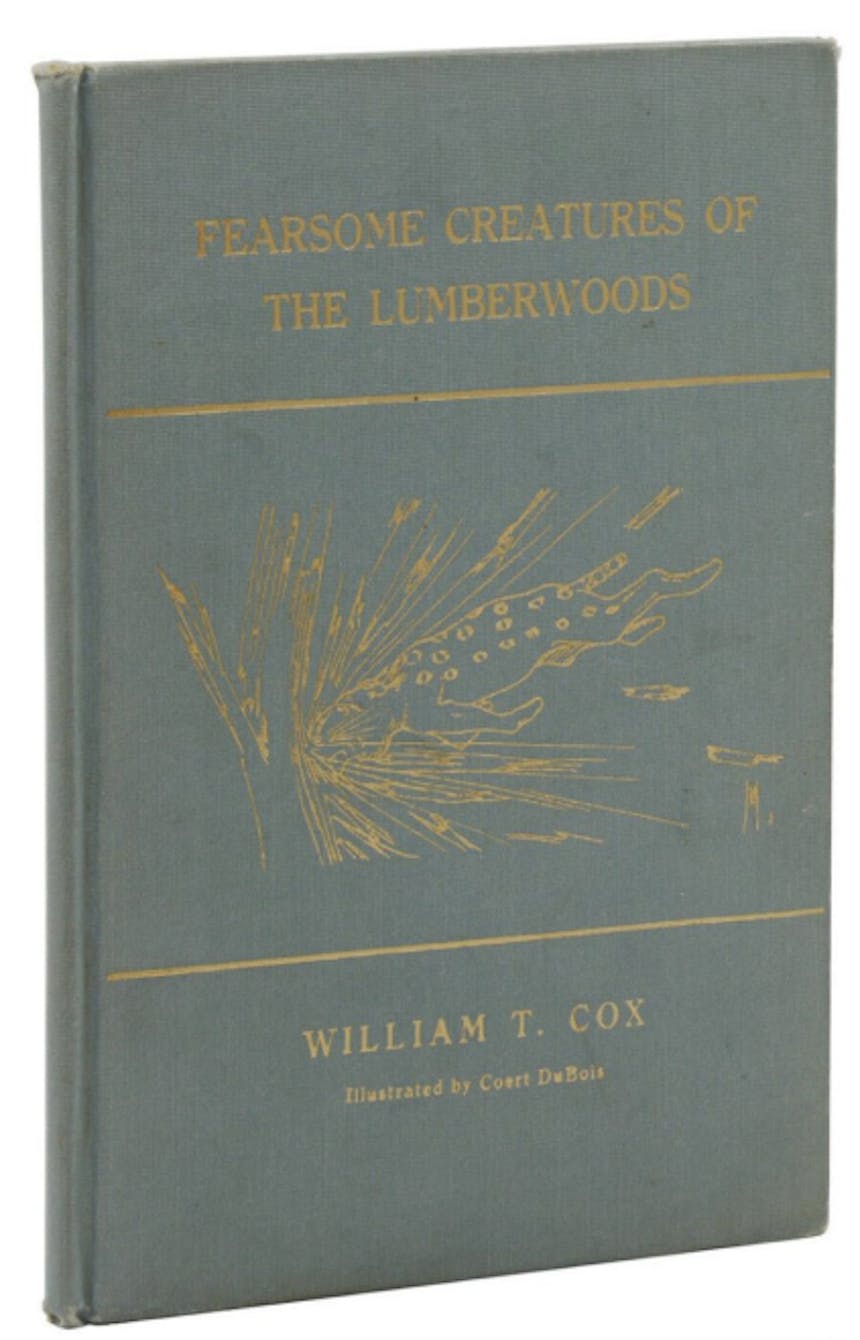
These days, loggers don’t live in camps as they once did. Light is not limited to the flames of the campfire, and those corresponding tall tales of weird beasts that seem real in the flicker of a flame are mostly forgotten.
First-time loggers—referred to as greenhorns—found themselves in a new environment full of falling trees and a variety of real and dangerous animals they might be unfamiliar with. They lived, ate, and slept with their coworkers. Skills had to be perfected, and a new language of logging mastered—slow learners lost limbs or even died, and if they were lucky they got fired or quit before either one happened.
Old-timers who were in need of entertainment, or perhaps were just plain mean, might spin a tall tale of some beast responsible for a strange noise or unexplained incident. Even a savvy greenhorn, accustomed to listening for critical information and eager to be accepted by the veterans, might be forgiven for a degree of gullibility.
If it seems like no one would be quite so gullible, remember that plenty of folks in and out of the woods have been sent to fetch a “left-handed wrench.”
These days, loggers don’t live in camps as they once did. Light is not limited to the flames of the campfire, and those corresponding tall tales of weird beasts that seem real in the flicker of a flame are mostly forgotten.
However, the tradition of breaking in greenhorns lives on. Like the range of bizarre critters that varied by region, imaginary “jobs” differ in every operation. Greenhorns in various locations might be assigned to “grease stumps” or “get a wheelbarrow for the chunks of wood.” It all sounds just real enough to the uninitiated. If it seems like no one would be quite so gullible, remember that plenty of folks in and out of the woods have been sent to fetch a “left-handed wrench.”
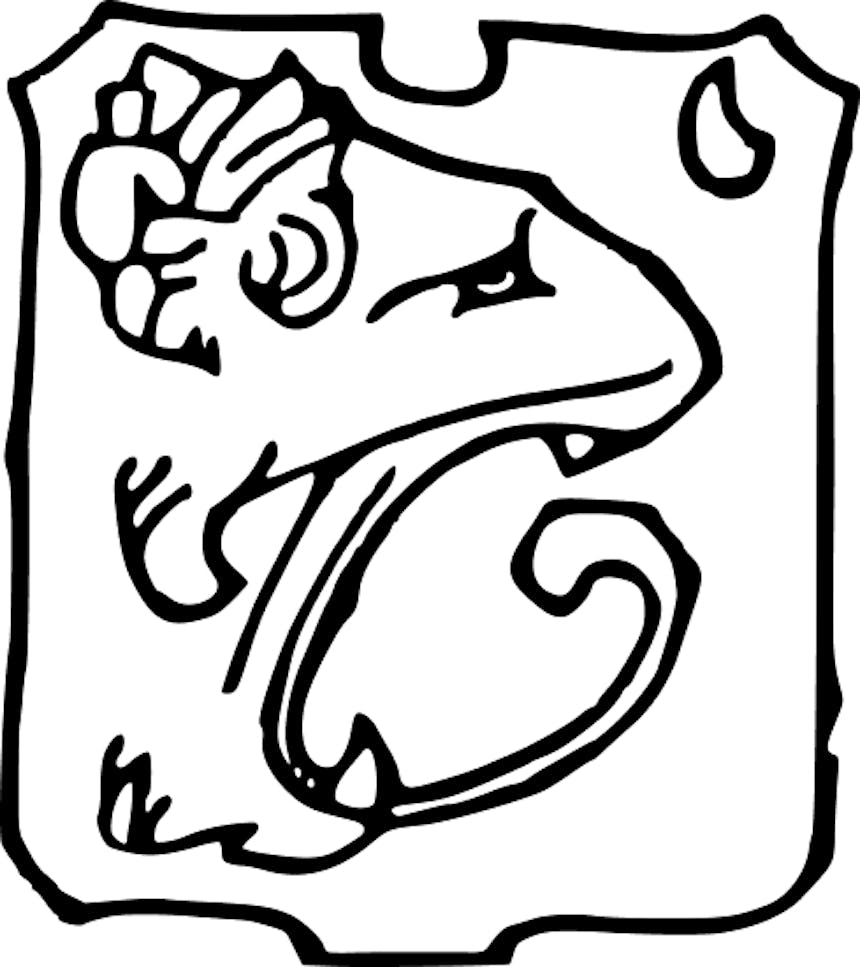
Below are a few creatures catalogued in Cox’s “Fearsome Creatures of the Lumberwoods.”

Hodag (Nasobatilus Hystrivoratus)—A relatively well-known critter from Minnesota and Wisconsin. Some describe it with horns and spines, but Cox describes it as rhinoceros-sized and hairless, with a pattern on its body suggestive of a Mackinaw jacket. It eats porcupine exclusively and keeps warm in the winter by covering itself in pitch and rolling in the leaves.
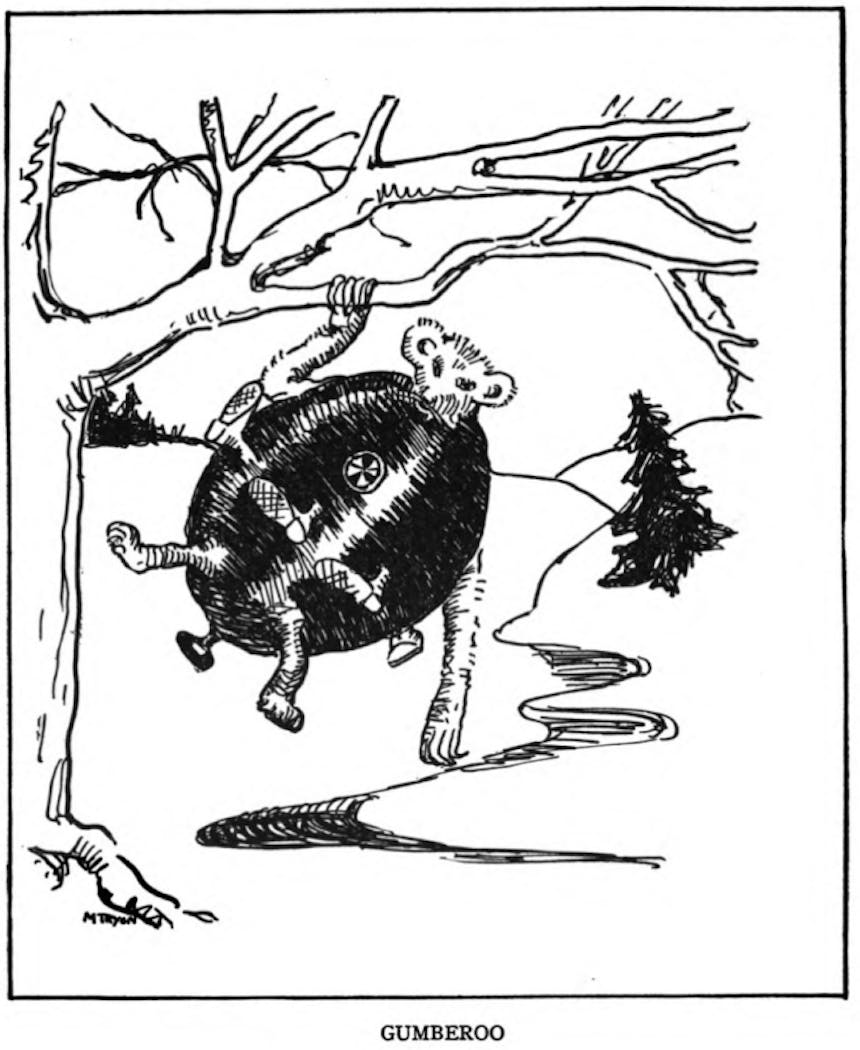
Gumberoo (Megalogaster Repercussus)—From the Pacific coast. Bear-sized creature that dwells in the stumps of burned-out cedars. Insatiable appetite. Hairless and chubby, with smooth skin so elastic that everything from a charging elk, hornet, or bullet will bounce right off. Highly combustible, Gumberoos explode during forest fires—this, of course, sounds remarkably like falling trees.
